Louis XIV might have been a narcissistic and whimsical tyrant, but he did a lot for dance. An accomplished practitioner, he made ballet a noble art and turned it into a profession with the creation of the Académie Royale de Danse, the first institution of its kind, though not the first ballet school as some badly scripted television programmes would lead us to believe. More significantly, he showed the world that ballet can be a male art, something that 2014’s Kings of the Dance proves too.
Ever since French Romantic choreography relegated male dancing to a lesser status, ridicule of and prejudice against guys in tights are still rife. Alas, those biases also play a determining role in the way ballet is both thought of and created, and composing a ballet programme for an almost exclusively male cast remains a challenging task. Which is why Sergei Danilian, who masterminded the Kings of the Dance venture, ought to be praised, as the enthralling and artistically well-composed performance I saw steered admirably away from the trite, circus-like bravura showcase.
Nacho Duato’s 1997 Remanso is an ideal way to kick off on a high note. Especially if its interpreters are American Ballet Theatre’s Marcelo Gomes, Mikhailovsky Ballet’s Leonid Sarafanov and Mariinsky Ballet’s Denis Matvienko. Their performance resonated with unequalled stylistic unity and provided a memorable display of technical perfection.
Things heated up considerably in the second part, with Roland Petit’s Le Jeune Homme et la Mort danced, on the opening night, by the Russian phenomenon Ivan Vasiliev, now a star of American Ballet Theatre. The 1946 ballet, which boasts a libretto by Jean Cocteau and is set to Bach’s ‘Passacaglia and Fugue in C Minor’, remains one of the most powerful examples of dance-drama ever created. As the eponymous hero, Vasiliev left everyone stunned with the intensity of his dramatic rendition, which he complemented with exceptional, though never gratuitous, technical feats. Next to him, the Bolshoi’s Svetlana Lunkina — the sole female presence of the evening — was equally fantastic as an irresistible and frightening ‘feral’ lover. Thanks to the explosive combination of their talents, the old work acquired haunting and vibrant currency, which sent shivers of admiration through the auditorium and left many gasping for air at the end. It was the undisputed centrepiece of the evening and, as such, the proverbial hard act to follow.
Fortunately, the third and final part of the evening was equally sparkling, thanks to a bubbly series of short dance numbers. Massimiliano Volpini’s Prototype, performed by the Italian dancer Roberto Bolle, had the Michelangelo-sculpture-like star interact with and against a cyber world of replicating images (including those of himself). I only wish it had been shorter, for the novelty of the interaction between the dancer and the projections quickly wore off. Sarafanov entertained us with Vestris, a demanding solo from the Soviet repertoire. His technique is something to dream of, but he needs to fine-tune his comic acting skills,
Gomes and Matvienko engaged in a male duet from Petit’s 1974 ballet Proust — one of the first ballets to tackle homosexual themes. It was splendidly danced and interpreted, but suffered, in my view, from having been extrapolated from the context it was created for. Its delicate tones contrasted with Labyrinth of Solitude by the Brazilian dance-maker Patrick de Bana. Here, too, Vasiliev’s balletic prowess and dramatic drive elicited a thunderous ovation, which was also repeated at the end of Gomes’s KO’d, a fizzy finale for all five male stars. Enough to keep the old Sun King happy — and make him jealous, too.
Got something to add? Join the discussion and comment below.
Get 10 issues for just $10
Subscribe to The Spectator Australia today for the next 10 magazine issues, plus full online access, for just $10.
You might disagree with half of it, but you’ll enjoy reading all of it. Try your first month for free, then just $2 a week for the remainder of your first year.

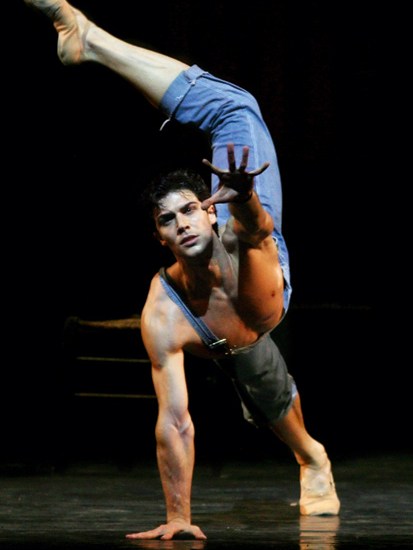
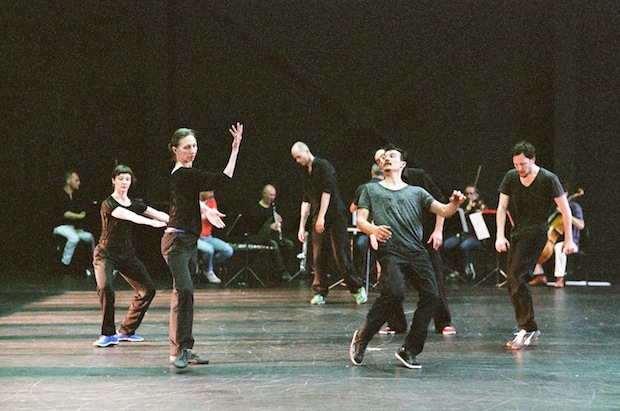
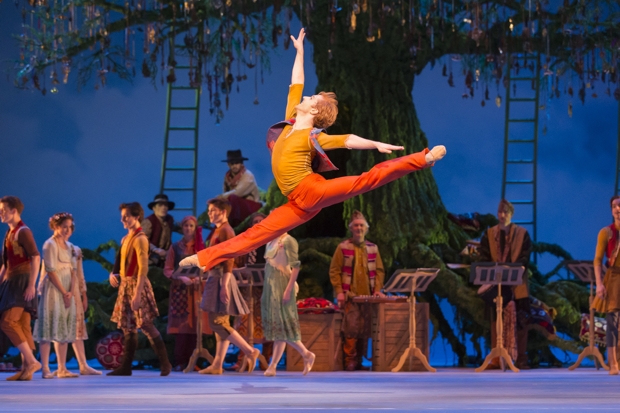
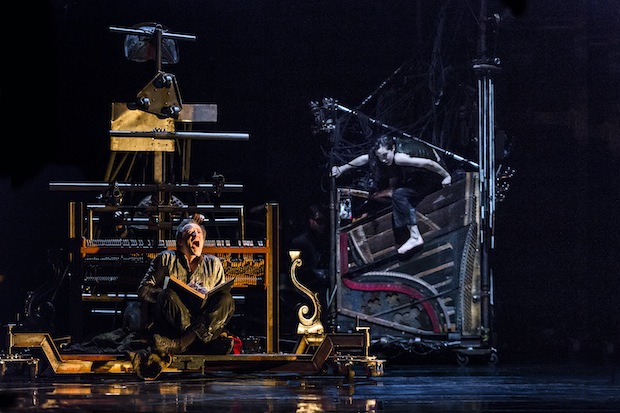
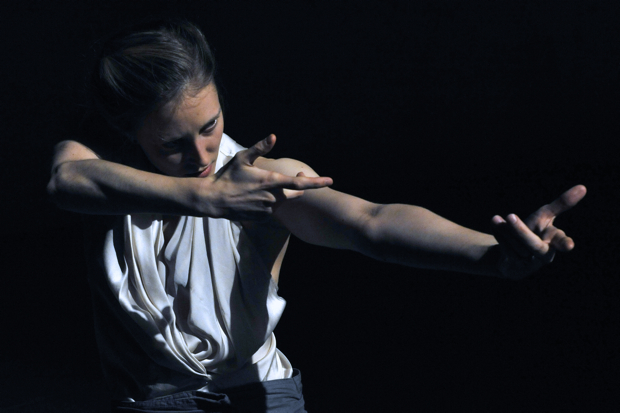
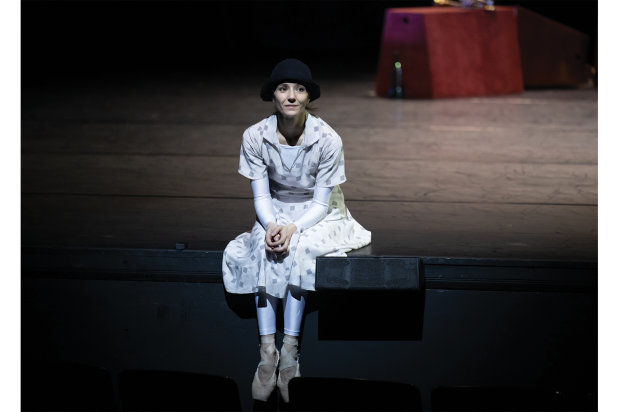
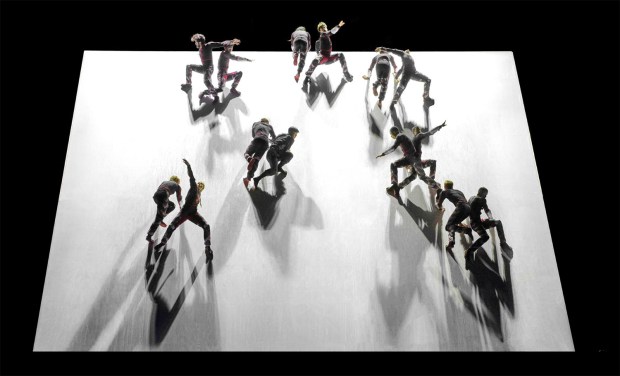






Comments
Don't miss out
Join the conversation with other Spectator Australia readers. Subscribe to leave a comment.
SUBSCRIBEAlready a subscriber? Log in